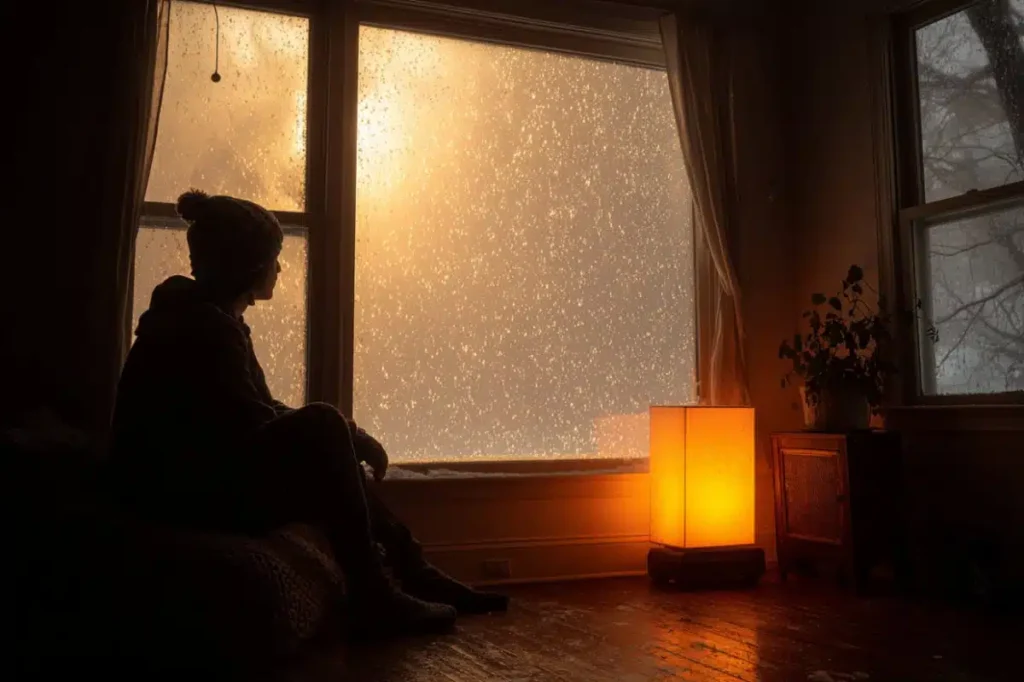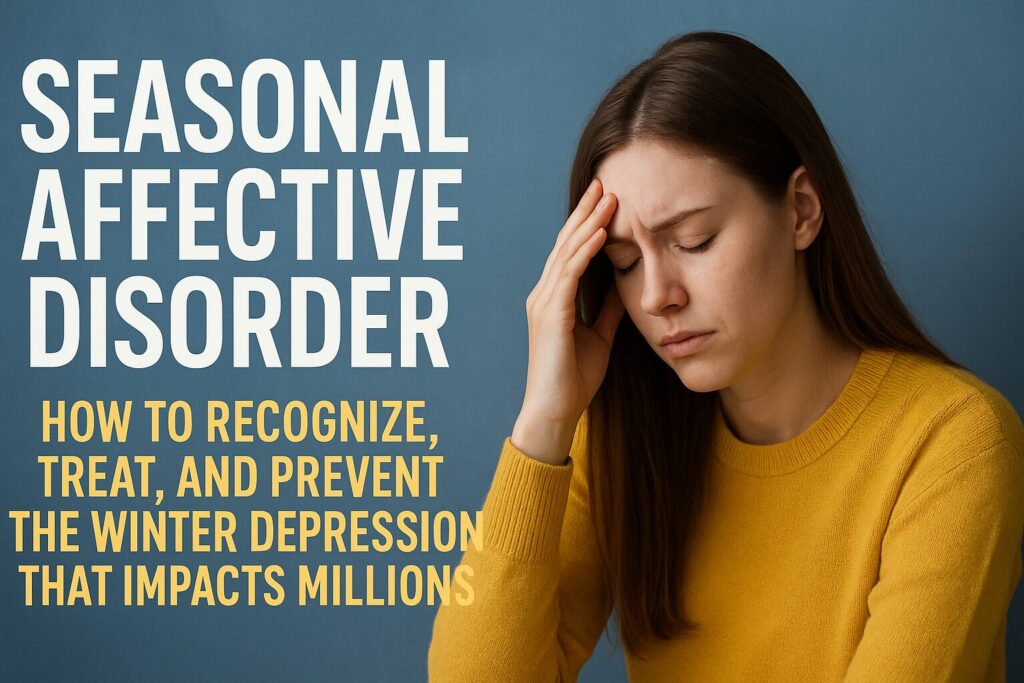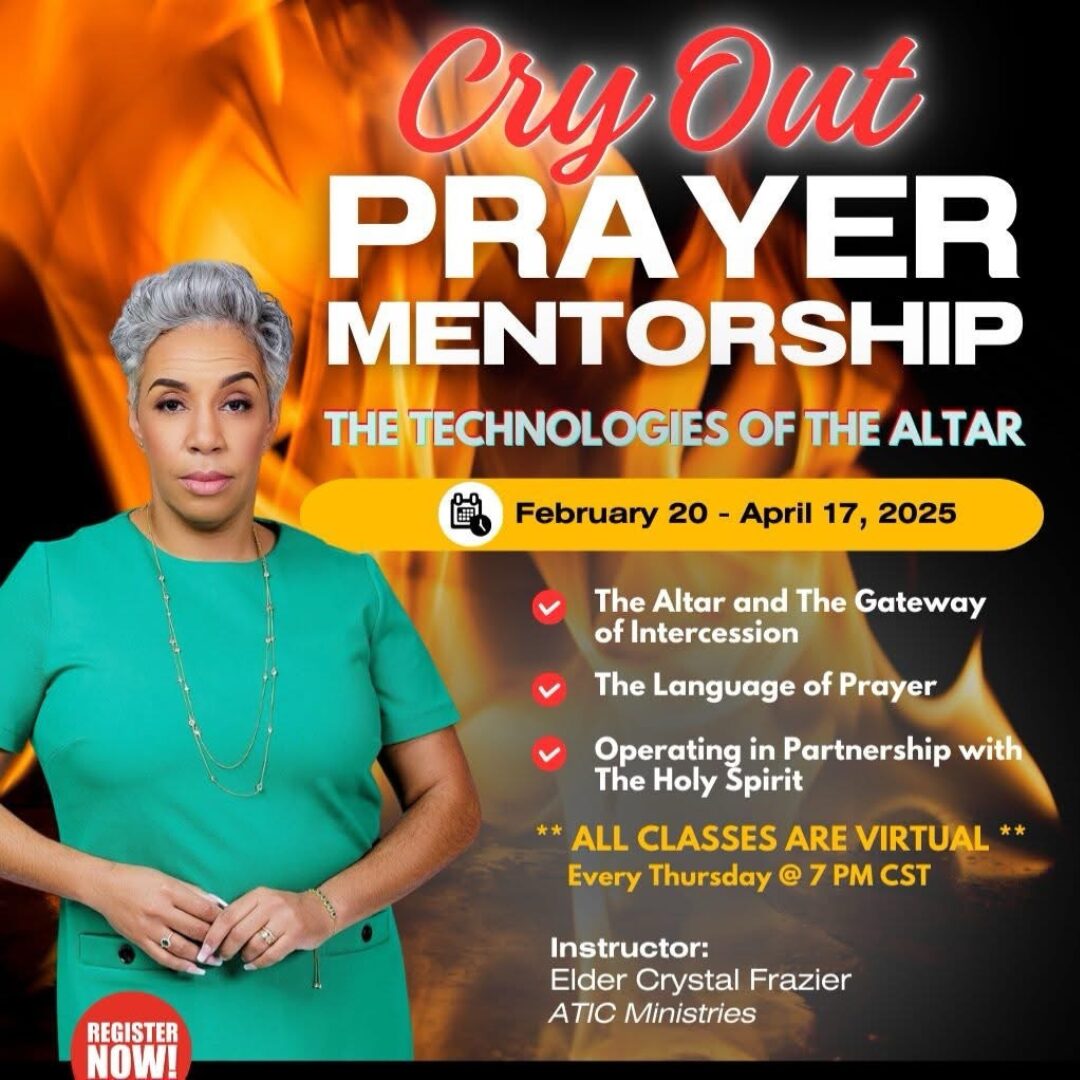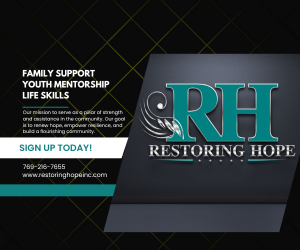
Major Takeaways:
Seasonal Affective Disorder is a serious, recurring form of depression triggered by reduced sunlight exposure during fall and winter.
Early prevention through light therapy, counseling, or medication can significantly reduce symptoms.
Awareness and access to care remain critical, especially for urban and underdiagnosed communities.
Seasonal Affective Disorder: How to Recognize, Treat, and Prevent the Winter Depression That Impacts Millions
As the days grow shorter and the temperatures drop, millions of Americans start to feel their energy wane. For many, it’s just a mild case of the winter blues. But for others, the change in season brings something much deeper, heavier, and harder to shake — Seasonal Affective Disorder, or SAD.
While everyone can feel sluggish or less motivated during cold, dark months, SAD is not just about feeling down. It’s a form of clinical depression that follows a predictable pattern, usually appearing in the fall and winter and improving when spring returns. Experts say it can significantly interfere with daily life, relationships, and overall health.
To help people understand the condition and its treatments, Stephanie Cox, a professor in the Department of Behavioral Medicine and Psychiatry at the WVU Rockefeller Neuroscience Institute, shares key insights into how SAD develops, who’s most at risk, and what can be done to bring back the light even during the darkest months.
What Exactly Is Seasonal Affective Disorder
Seasonal Affective Disorder is a type of depressive disorder that’s tied to seasonal changes. Cox explains that it occurs at certain times of the year, most often during the winter and especially in northern latitudes where sunlight exposure drastically decreases.
This lack of sunlight affects the brain in complex ways. Symptoms are thought to be related to reduced exposure to natural sunlight. This decrease in light can affect neurotransmitters in the brain, such as melatonin and serotonin, and disrupt the body’s circadian rhythm.
Those disruptions can alter mood, sleep, appetite, and energy, the key ingredients that shape mental health and day-to-day functioning. For someone with SAD, the result can feel like being trapped in an emotional fog that doesn’t lift until the days get longer again.
When the Darkness Feels Different
It’s normal to feel less energized in winter. Shorter days mean less sunlight, more time indoors, and fewer opportunities for physical activity or social connection. But Cox draws a clear line between temporary winter fatigue and SAD. Many people feel a bit lower in mood or energy when days are shorter. SAD, however, involves a cluster of symptoms that persist and significantly interfere with daily life.
The symptoms of SAD often mirror those of major depressive disorder, including
Persistent sadness or low mood
Loss of interest in activities once enjoyed
Fatigue or lack of motivation
Changes in sleep such as sleeping more or having disrupted rest
Difficulty concentrating
Feelings of hopelessness or guilt
Changes in appetite, particularly cravings for carbohydrates
Cox emphasizes that SAD is not just feeling lazy or unmotivated. It’s a serious mental health condition that deserves care and attention. Because SAD is considered a type of depressive disorder, its symptoms can be very similar and sometimes identical to major depressive disorder.
Who’s Most at Risk
While SAD can affect anyone, certain groups are more likely to experience it. According to Cox, the risk is higher among
Younger people
Women
Those with a family history of SAD
People with existing mood or mental health conditions
Geography also plays a big role. People living in northern regions, where daylight hours can be as short as eight or nine hours in winter, are much more susceptible. In southern states where sunlight remains more consistent, cases of SAD are less frequent.
But with remote work and lifestyle changes keeping many people indoors longer, even those in sunnier areas can develop symptoms of seasonal depression. Cox notes that reduced sunlight exposure, regardless of where you live, can still trigger the biological processes linked to SAD.
How the Brain Reacts to Less Light
Understanding SAD starts with understanding light’s role in our biology. Sunlight helps regulate two major brain chemicals, serotonin which affects mood, and melatonin which influences sleep and circadian rhythm.
During winter, lower sunlight levels can cause
Decreased serotonin, leading to feelings of sadness or depression
Increased melatonin, which makes you feel more tired or sluggish
Disruption of circadian rhythm, the internal clock that manages energy, mood, and hormones
This combination throws the body’s natural rhythm off balance, leaving people feeling tired, moody, and mentally foggy. Over time, this imbalance can lead to clinical depression if not addressed.
Recognizing the Pattern: When Symptoms Begin and End
Cox explains that winter-pattern SAD typically begins in the fall, lasts throughout the winter months, and then improves in spring when daylight increases. The pattern often repeats year after year, and once recognized, it can be a powerful signal to seek early treatment.
People who have experienced this predictable pattern may benefit from starting treatment or preventive strategies early in the fall. That means talking to a healthcare provider before symptoms become overwhelming.
Treatment Options That Can Help
The good news is that SAD is treatable. There are several effective methods to help rebalance brain chemistry, restore energy, and lift mood. Treatment plans often include one or more of the following.
1. Light Therapy (Phototherapy)
Light therapy is one of the most common and effective treatments. This involves sitting in front of a special light box that emits 10,000 lux of white light for about 30 to 60 minutes daily during the winter.
The light mimics natural sunlight and helps regulate serotonin, melatonin, and circadian rhythms. Most people notice improvement in energy and mood within a few days to a few weeks.
It’s important to use light therapy under medical supervision, especially for those with eye conditions or bipolar disorder.
2. Psychotherapy
Cognitive Behavioral Therapy has been proven highly effective in treating SAD. Therapists help patients recognize negative thought patterns and develop healthier coping mechanisms. Behavioral activation, encouraging engagement in activities that bring joy or meaning, can also improve mood and motivation.
3. Medication
In some cases, antidepressants such as Selective Serotonin Reuptake Inhibitors are prescribed to help correct serotonin imbalances. Physicians often recommend starting these medications before winter symptoms begin, especially for people with a history of recurrent SAD.
4. Lifestyle Adjustments
Simple daily habits can make a big difference
Spend more time outdoors during daylight hours
Exercise regularly to release endorphins and improve sleep
Keep a consistent sleep schedule
Maintain a balanced diet rich in fruits, vegetables, and whole grains
Stay connected with family, friends, and community, as social isolation can worsen symptoms
The Role of Prevention and Early Action
Cox emphasizes that people who recognize a seasonal pattern in their mood should act early. Talking with a health care provider can help identify the best treatment options and timing for your specific situation.
For those who’ve battled SAD before, starting light therapy or medication in the fall before the worst symptoms hit can reduce their severity or prevent them altogether. Consistency is key. Maintaining treatment routines even on good days helps prevent relapse.
SAD in Urban Communities: The Overlooked Factor
In cities, where the hustle and bustle never stop, it’s easy to overlook seasonal depression. Urban residents might assume that because they’re constantly on the move, working, commuting, or scrolling late into the night, their fatigue or irritability is just stress.
But urban living can intensify SAD, not protect against it. Skyscrapers block sunlight, workdays are spent indoors, and even weekends are dominated by screen time. Add in gray winter weather, and it’s a perfect setup for reduced natural light exposure.
For people of color, particularly Black and Hispanic communities, SAD may also be underdiagnosed. Studies show that cultural stigmas, lack of access to mental health resources, and disparities in diagnosis contribute to fewer people receiving treatment even when symptoms are clear.
Understanding that SAD is a legitimate, biological condition, not a weakness or mood swing, is an important step in breaking that barrier.
What to Do If You Think You Have SAD
If you’ve noticed that your mood, energy, or motivation drop predictably every winter, here’s what you can do
Track your symptoms. Keep a journal of your energy levels, sleep patterns, and emotions through the seasons.
Talk to a healthcare provider. Mention any seasonal patterns and how they affect your daily life.
Ask about light therapy or counseling. Professionals can help determine whether SAD or another condition is present.
Build supportive routines. Make plans that encourage movement, social connection, and exposure to light.
Avoid isolation. Stay connected to people and activities that make you feel supported.
Remember, SAD is treatable and recovery often starts with recognizing that what you’re feeling has a name and a cause.
Bringing Back the Light
As Professor Cox explains, people who have experienced this predictable pattern may benefit from starting treatment or preventive strategies early in the fall. Awareness is the first step. The next is taking action, whether that’s getting a light box, talking to a therapist, or simply prioritizing time in the sun.
Winter doesn’t have to mean darkness. By understanding how Seasonal Affective Disorder works and how to fight back, you can take control of your mood and mental well-being year-round.
If you or someone you know struggles with depression or thoughts of self-harm, contact the 988 Suicide and Crisis Lifeline by dialing 988. It’s available 24 hours a day across the United States.














